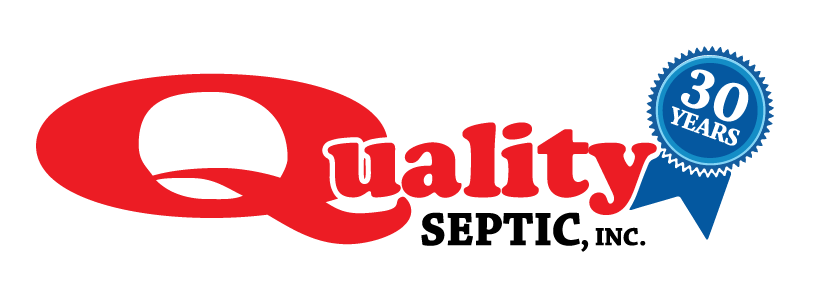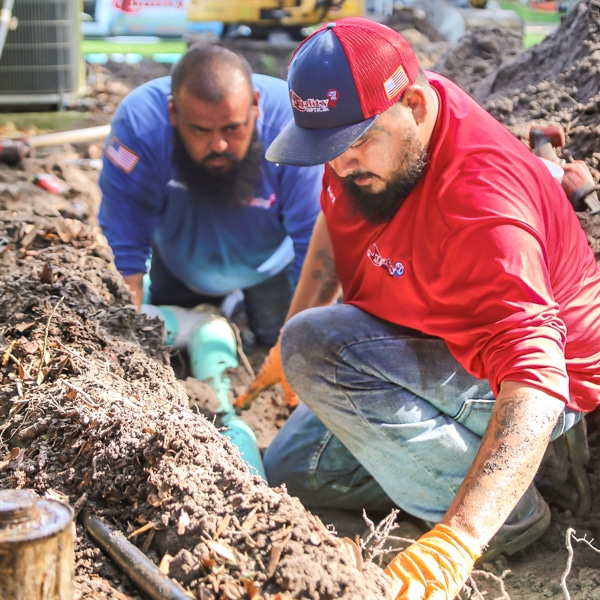We’ve certainly come a long way from the old outhouse and early indoor plumbing facilities that let waste dangerously flow into a nearby body of water. As we looked for improvements, the challenge was how to allow sinks, tubs and toilets to drain efficiently and safely on a property not connected to a municipal sewer system. That’s where what we know as a “septic system” came in. Like most advancements, it has changed for the better over the years. Quality Septic would like to share how residential septic systems have developed to where they are today.
 Early gravity-fed septic systems & pressure distribution
Early gravity-fed septic systems & pressure distribution
At one point some years back, people finally understood that channeling the drains in a home into a local body of water was an unsanitary practice capable of spreading bacterial diseases. The first improvement, and thus the precursor to today’s residential septic systems, was a gravity-fed system. This arrangement allowed waste to flow to a dedicated tank that would hold solids while letting liquids leak into the soil after filtration. Pressure distribution was the next advance in septic system design and efficiency.
It was a good way to run an effective system on properties that didn’t have enough soil depth.
Amazing modern septic technology
More improvements came through the years until designers developed the variety of septic solutions we’re using today. In modern times, we have several different types of septic systems, each with its own advantages and disadvantages. The types include:
- Textile filters
- Aerobic systems
- Sand filter systems
- Pod-type systems
The initial costs of these advanced systems can run upwards of $10,000, along with additional utility costs to run them. An advantage is that they don’t need to have their tanks pumped out nearly as often as did earlier septic system designs. Another advantage is that they have a longer lifespan – often 20 to 30 years.
 Which system is best for your needs?
Which system is best for your needs?
Some of the most advanced residential septic systems aren’t available everywhere, and local regulations often dictate what systems can or cannot be installed in your area. Sorting through all this starts with calling Quality Septic. We’re an experienced Florida septic contractor that’s been serving Plant City-area customers since 1994. We keep up with current codes and permitting processes, and we know the kinds of septic systems that are allowed in our area.
When you call for a quote or when we meet in person, we’ll tell you the initial costs for the different residential septic systems available to you. We’ll also go over the systems’ expected lifespans and estimated maintenance costs. In some cases, the least expensive option won’t be the most cost-effective in the long term. In other cases, it will be. We’ll map out all the projected costs of the different systems and help you make the best decision on adding a new septic system to your home.
Your Florida septic experts are standing by
If it’s time to look into replacing an outdated or severely damaged septic system, or if you want to have a first system installed on a new property, Quality Septic will bring the experience and sound workmanship you need to the job. Speak with a septic expert today at (813) 754-9891 or get in touch with our contact form.

 Early gravity-fed septic systems & pressure distribution
Early gravity-fed septic systems & pressure distribution Which system is best for your needs?
Which system is best for your needs?